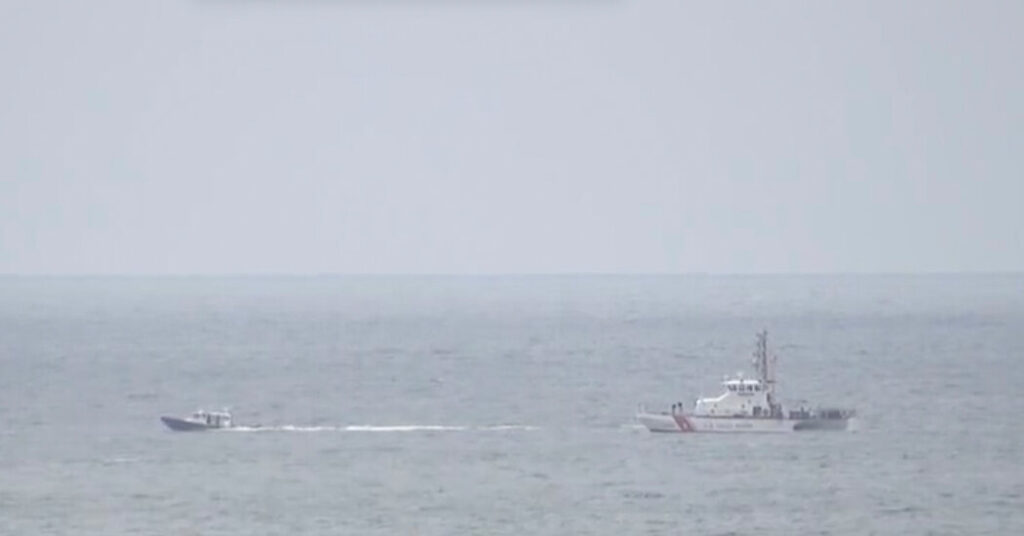A heartbreaking aviation accident off the coast of San Diego has left six people dead, sending shockwaves through the community and raising pressing concerns about the safety of private air travel. The crash of a twin-engine Cessna 414 into the Pacific Ocean on Sunday afternoon has not only devastated families but also drawn attention from aviation experts and federal investigators.
Incident Overview: A Sudden and Devastating Crash
At approximately 12:45 p.m., shortly after departing San Diego International Airport en route to Phoenix, the aircraft plunged into the ocean about three miles west of Point Loma. The Federal Aviation Administration (FAA) reported the aircraft went down under “unknown circumstances,” prompting an urgent multi-agency search effort.
Eyewitness Tyson Wislofsky, surfing near the crash site, described the chilling moment:
“I saw him come down at an angle. He wasn’t flying straight to the ground. The next time he came out of the clouds, he went straight into the water. Full throttle.”
Emergency Response and Recovery Efforts
The response was immediate and coordinated. Teams from the U.S. Coast Guard, Customs and Border Protection, and San Diego Harbor Police joined forces in the search and rescue operation. Despite efforts continuing into the night, no survivors were located. By late evening, all six occupants aboard the plane were presumed dead.
Coast Guard Petty Officer Ryan Graves confirmed that vessels and helicopters remained on standby, ready to resume at first light. Sadly, the mission soon transitioned from rescue to recovery.
Investigation Underway: What Went Wrong?
The National Transportation Safety Board (NTSB) is now leading a detailed investigation into the crash. Key elements under review include:
- Pilot communication: A desperate “Mayday! Mayday! Mayday!” call was recorded just five minutes after takeoff.
- Flight data: Tracking systems show the plane never exceeded 2,100 feet in altitude.
- Weather conditions: Visibility was reported at 10 miles with light winds—raising questions about mechanical or operational failure.
Investigators will examine flight logs, interview air traffic controllers, and inspect recovered debris to determine the cause. Early signs suggest the pilot may have been struggling to control the aircraft in the final moments.
Expert Perspective: A Call for Vigilance in Aviation Safety
While commercial aviation remains statistically safe, this incident highlights ongoing risks in general and private aviation, where pilot experience and aircraft maintenance play critical roles.
Aviation safety expert Alex Miller commented:
“Each crash is a reminder that while air travel is statistically safe, there are constant risks that require vigilance, rigorous training, and thorough maintenance.”
His remarks underscore a central issue in aviation safety—complacency can have fatal consequences, even in favorable weather.
Community Response: Mourning and Solidarity
As the facts continue to emerge, the San Diego community has come together in grief and support. Public officials, first responders, and residents have offered condolences and assistance to the families of the victims, emphasizing unity in the face of tragedy.
Grief counselors and crisis support teams have been mobilized, and tributes are already being planned to honor those lost.
Conclusion: A Sobering Wake-Up Call
The crash of the Cessna 414 is a painful reminder of the fragility of life and the responsibilities that come with operating aircraft. As investigators search for answers, the victims’ families—and the broader community—deserve clarity and accountability.
This tragedy must serve as a catalyst for improved safety standards, stricter enforcement of training protocols, and heightened awareness within the aviation sector. In honoring those who perished, let this incident drive meaningful action to prevent similar heartbreak in the future.

